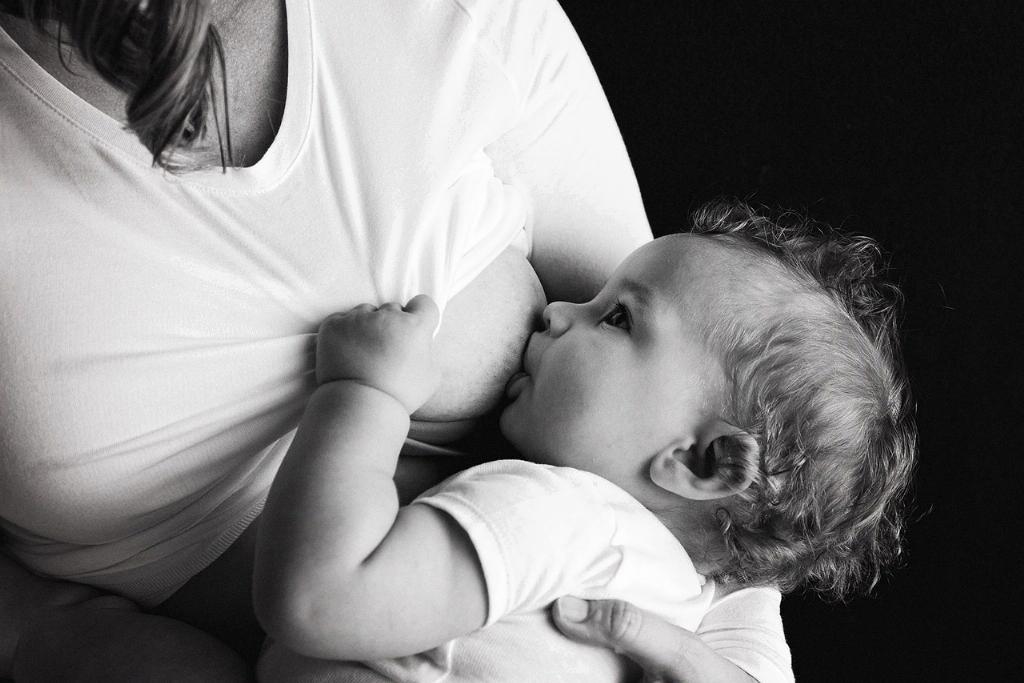When it comes to managing oversupply, many breastfeeding parents may find themselves exploring various solutions to alleviate the challenges that come with this issue. One potential tool that is often considered is the use of nipple shields. Nipple shields are thin silicone covers that fit over the nipple and areola during breastfeeding. They can serve various purposes, such as assisting with latch issues, sore nipples, or in some cases, potentially managing oversupply.
While nipple shields are primarily used to address latch problems or nipple pain, some breastfeeding individuals have found them helpful in managing oversupply as well. One way in which nipple shields may offer relief is by helping to control the flow of milk during feeding. When oversupply is present, the milk may come out too fast for the baby to handle, leading to gulping, choking, or fussiness. A properly fitting nipple shield can slow down the flow of milk, allowing the baby to feed more comfortably.
It is essential to note that nipple shields should not be the first line of defense against oversupply. Working with a lactation consultant or healthcare provider to address the root cause of oversupply is crucial. Techniques such as block feeding, adjusting feeding positions, or expressing milk before nursing can be effective strategies to manage oversupply without the need for nipple shields.
Using nipple shields as a temporary solution for oversupply should be approached with caution. While they can help regulate milk flow, extended use of nipple shields may impact milk supply over time. The baby may not stimulate the breast effectively with a shield in place, potentially leading to a decrease in milk production.
When considering the use of nipple shields for oversupply, it is vital to ensure that the shield fits correctly. A proper fit is crucial to prevent issues such as poor latch, decreased milk transfer, or nipple damage. Working with a lactation consultant to find the right size and use the shield effectively is essential for achieving successful breastfeeding outcomes.
In some cases, nipple shields may provide temporary relief for breastfeeding individuals dealing with oversupply. By helping to moderate the milk flow and reduce the discomfort associated with oversupply, nipple shields can be a useful tool in managing this challenging situation. However, it is important to use nipple shields judiciously and in conjunction with other strategies to address oversupply effectively.
Ultimately, the question of whether nipple shields help with oversupply is a nuanced one. While they can offer relief in specific circumstances, they are not a one-size-fits-all solution for managing oversupply. Breastfeeding parents should work closely with healthcare providers to develop a comprehensive plan that addresses the underlying causes of oversupply and incorporates appropriate strategies for managing this issue.
In conclusion, nipple shields may have a place in the toolkit of breastfeeding individuals navigating oversupply. Used thoughtfully and in conjunction with expert guidance, nipple shields can help moderate milk flow and improve comfort during feeding. However, it is essential to approach their use mindfully and be aware of the potential implications for milk supply and breastfeeding dynamics in the long term.

